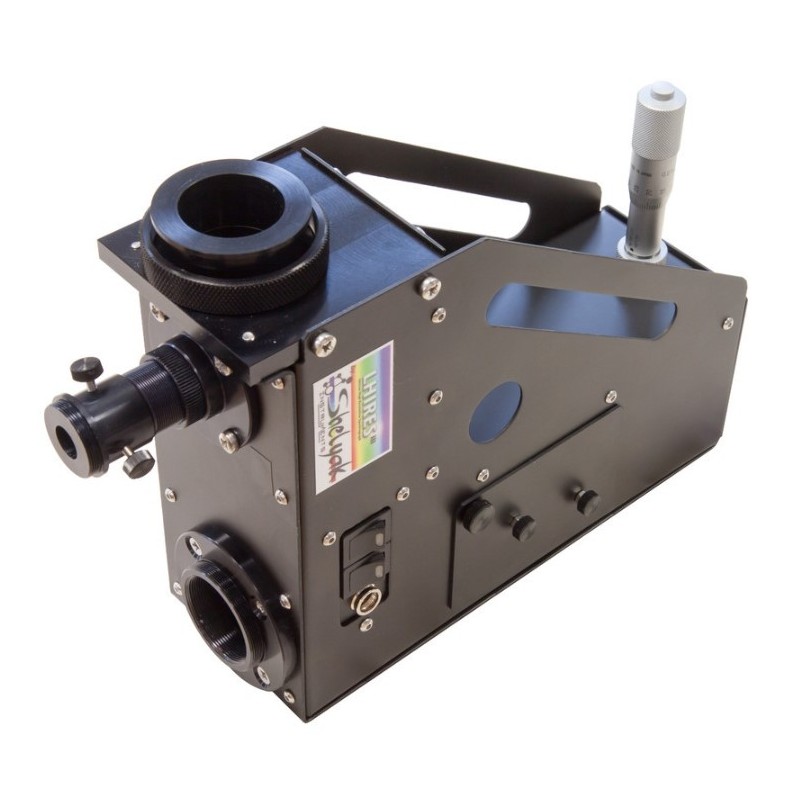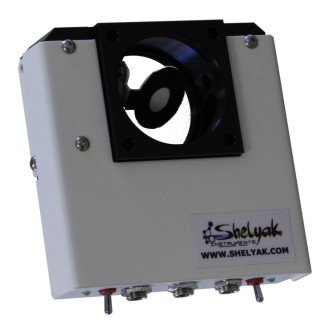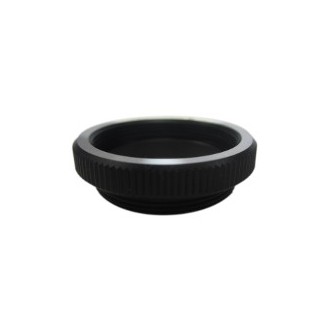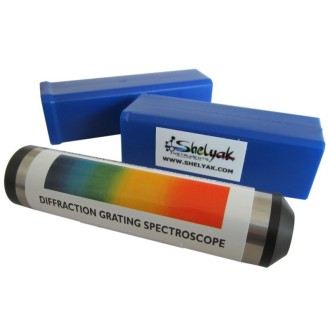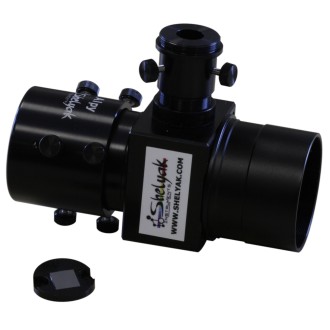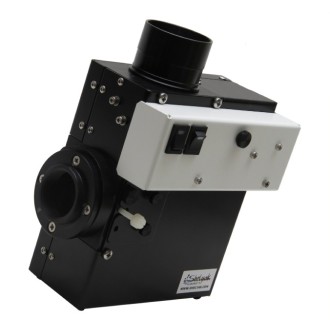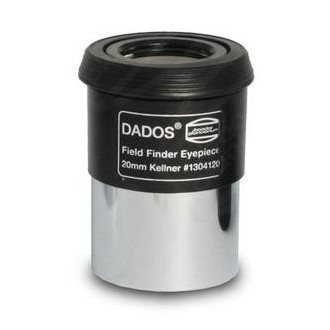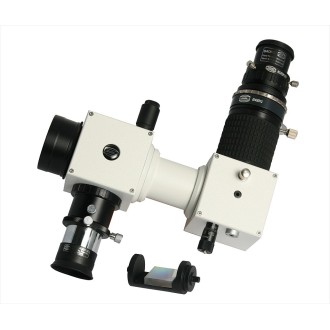SHELYAK LHIRES III Spectroscope
The Lhires III is THE reference high-resolution spectroscope.
Access the finest details of spectral line profiles and observe the activity of stars.
| Carrier | Description | Estimated Delivery | ||
|---|---|---|---|---|
 |
Home delivery - International | Home delivery - International |
Thursday, 8 May - Thursday, 15 May |
|

Home delivery - International
Home delivery - International
Estimated delivery:
Thursday, 8 May - Thursday, 15 May
SHELYAK LHIRES III Spectroscope
A reference instrument
The Lhires III spectroscope is the "historical" instrument of Shelyak Instruments. Designed after the CNRS School of Astrophysics in 2003 to observe Be stars, it has since found a wide range of other applications.
Resolution and spectral range
With a resolving power of R=17,000, it provides access to Doppler velocity measurements as well as incredible detail in the single line profile.
The standard supplied grating module contains 2,400 lines/mm, providing full resolution. It can be replaced with an optional module to access other resolutions, making the Lhires III a versatile instrument. You can adapt its resolution to your project. This way, you can access fainter objects: novae, bright comets, etc.

The spectral range covered is limited (on the order of ten nanometers, due to the need for high resolution), but any wavelength in the visible range (400-750 nm) can be selected, thanks to a micrometer stop.
This allows a wide range of educational projects related to the Doppler effect, such as the rotation of Jupiter or Saturn, to be carried out.
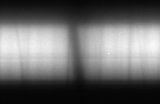
Aperture
The F/10 aperture makes it particularly suitable for Schmidt-Cassegrain telescopes. But it can also be mounted on other more open instruments (by adding a Barlow lens).
Guidance system
Thanks to its reflective slit, the Lhires III allows the target star to be accurately positioned and held in the slit. A guiding camera (not supplied) allows to control the telescope's movements (self-guiding), ensuring optimal observation.

SHELYAK LHIRES III Spectroscope


